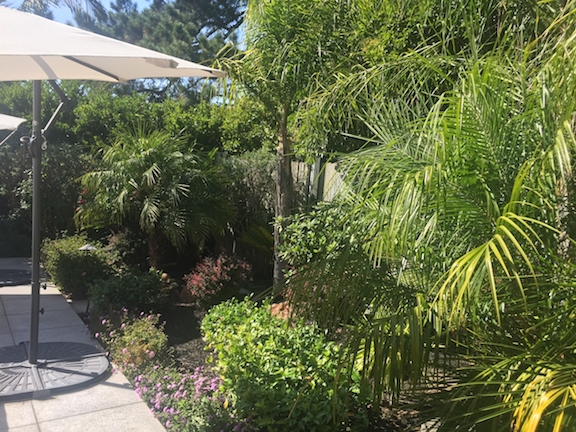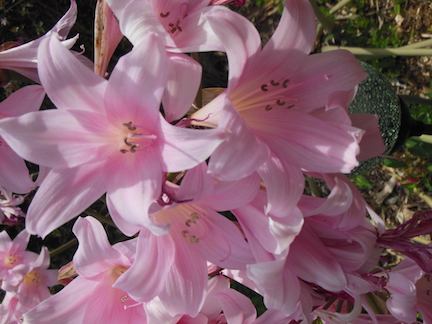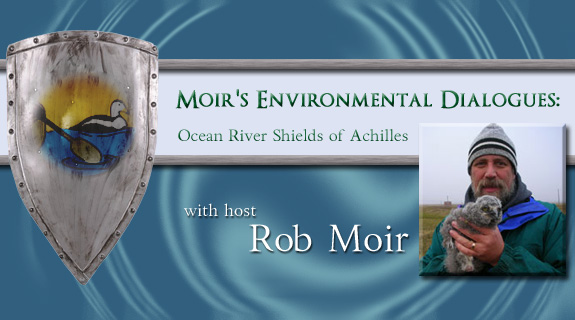Outside-Inside
“I went out for a walk and finally concluded to stay out till sundown, for going out, I found, was...
Read Moreby VoiceAmerica | Sep 12, 2017 | Empowerment | 0 |
“I went out for a walk and finally concluded to stay out till sundown, for going out, I found, was...
Read Moreby VoiceAmerica | Aug 24, 2017 | Empowerment, Health & Wellness, Women | 0 |
“Those who danced were thought insane by those who could not hear the music.” ~Unknown Can you...
Read Moreby VoiceAmerica | Mar 13, 2017 | Variety | 0 |
Save the Loxahatchee National Wildlife Refuge The South Florida Water Management District (SFWMD)...
Read More



